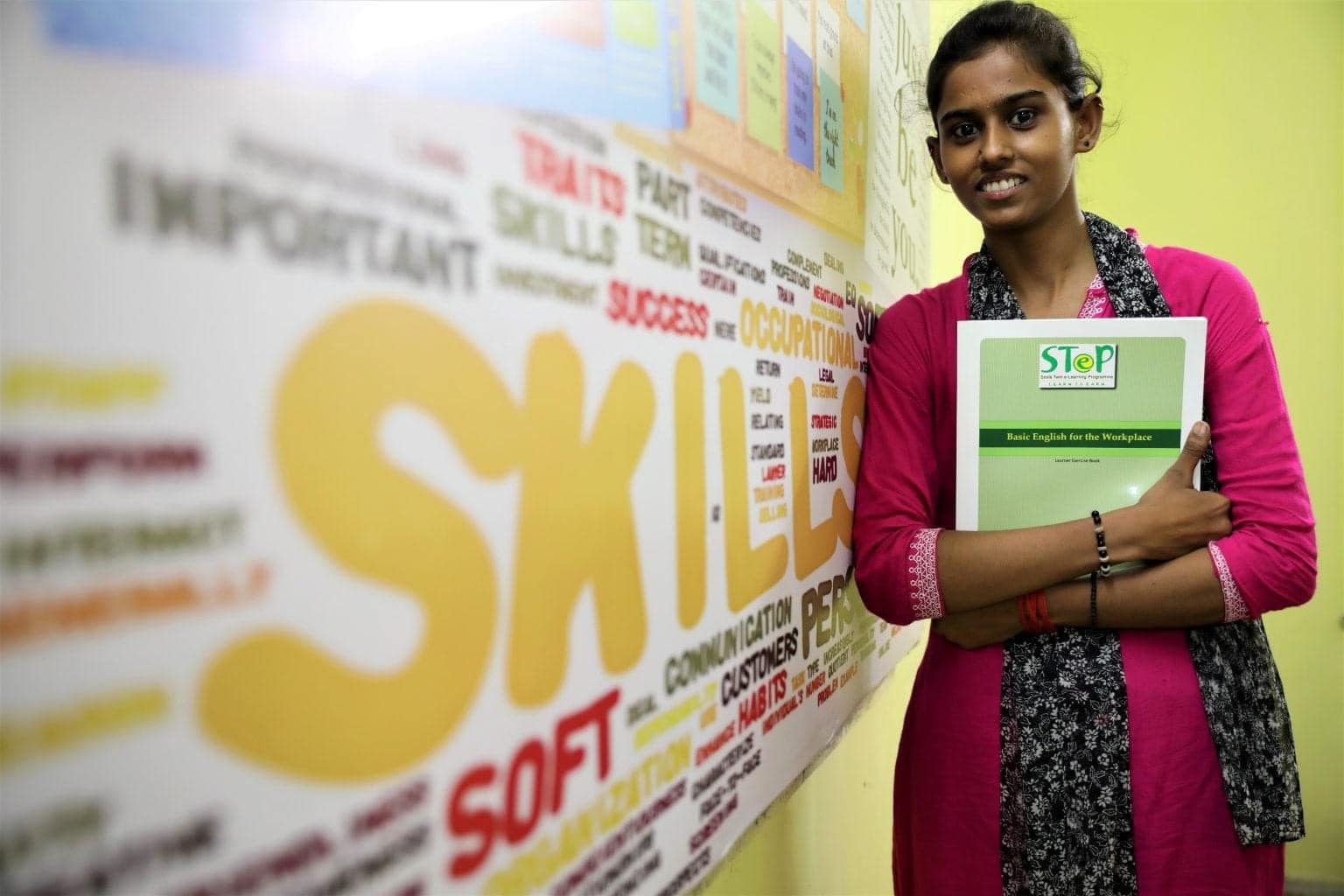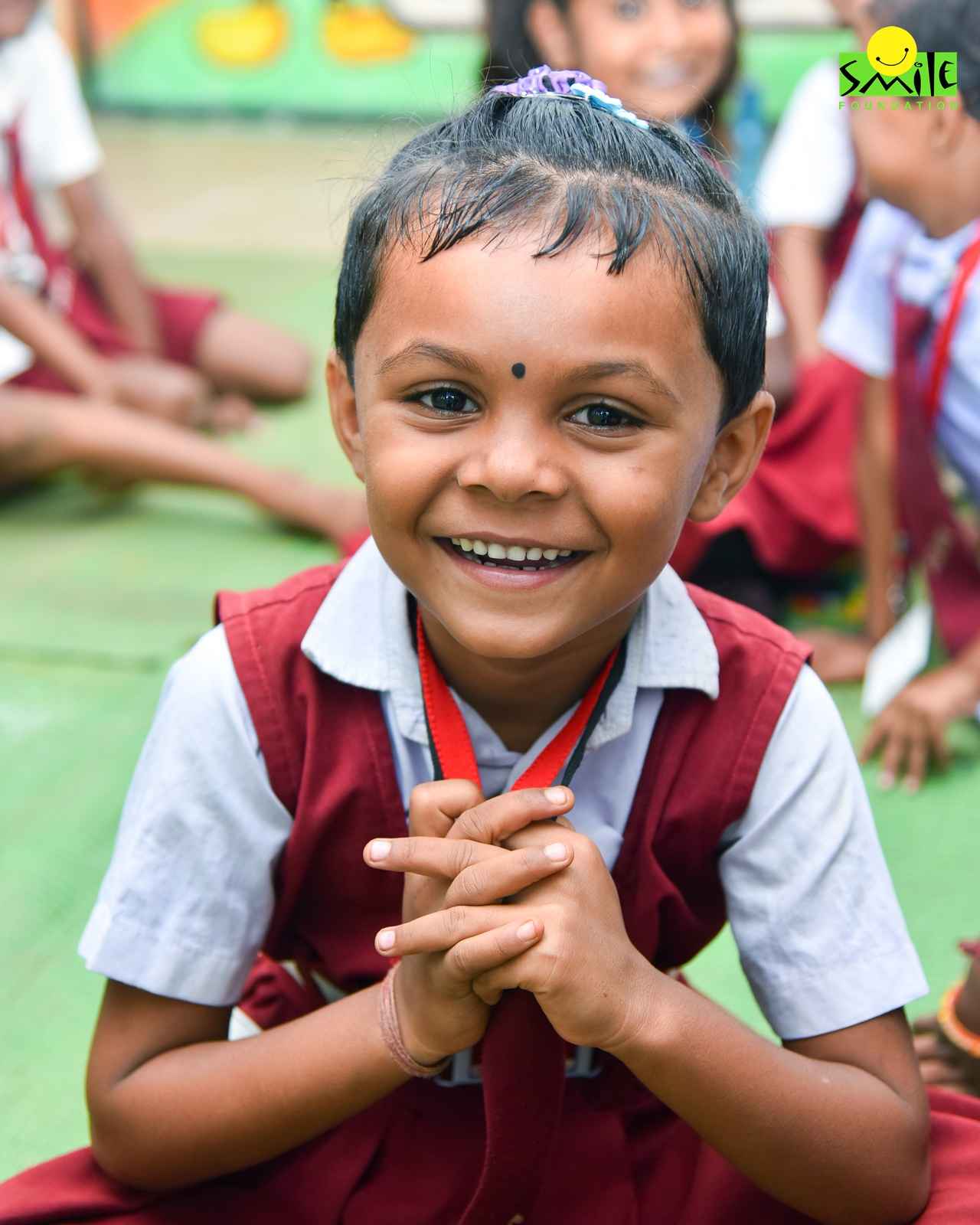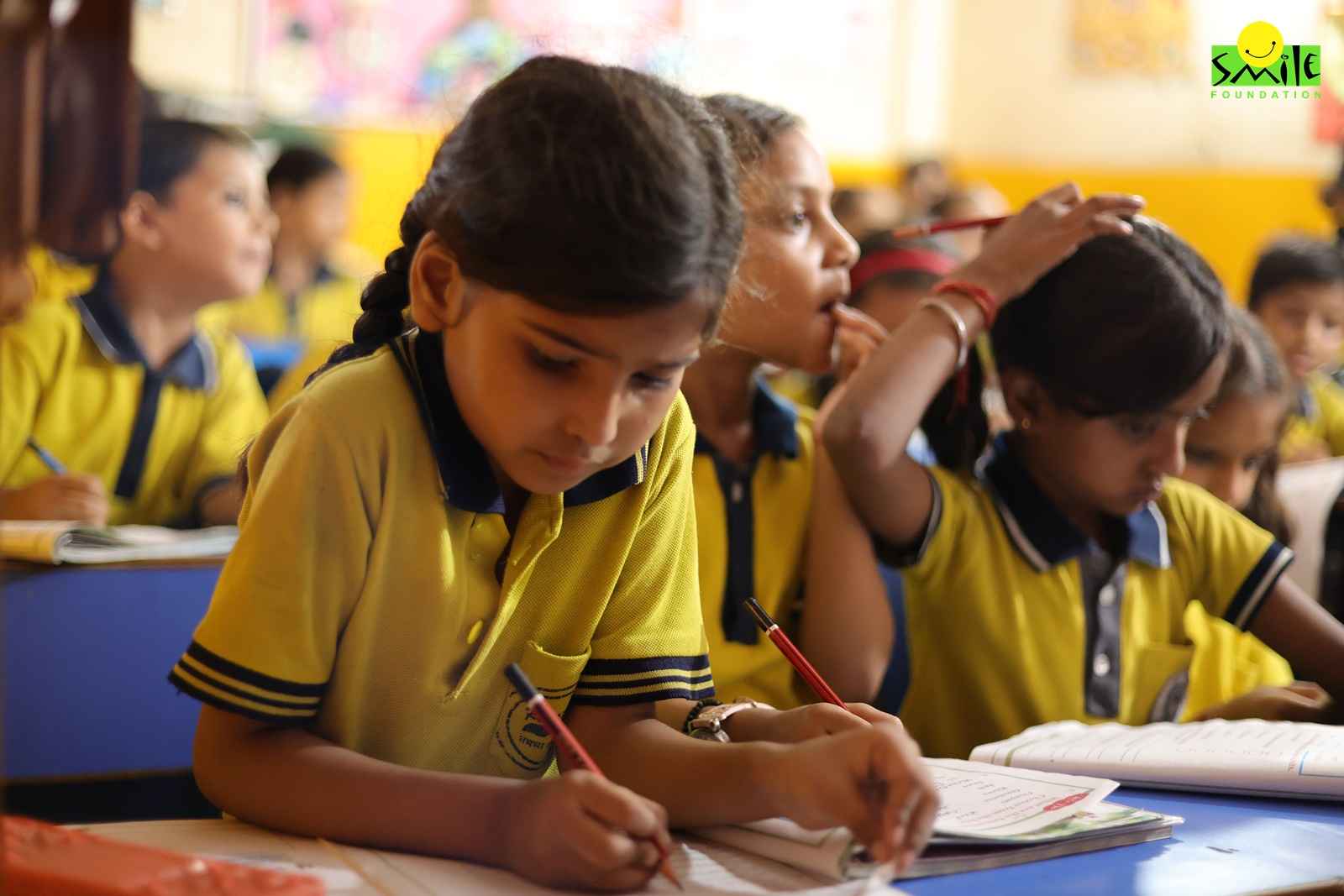Our Constitution accords equal rights to both men and women in every sphere of life, including the right to education. However, the reality is very different. The girl child is provided only primary or at most secondary education. The numbers bear witness to our country’s sex ratio of 943 females per 1000 males. How can we hope for India to progress when half of our society doesn’t even have access to basic education or skills?
The numbers are no better in other parts of the world. On average 129 million girls are out of school, including 32 million of primary school age, 30 million of lower-secondary school age, and 67 million of upper-secondary school age. In war-torn countries, these numbers are twice as high.
Right to Education
However, there has been some progress towards rectifying this issue. In 2009, the Right to Education Act (RTE) , mandated that it is the right of every child to obtain a minimum amount of education. The program makes it compulsory for all children from the ages of 6 up to 14 to have unconditional rights and access to educational opportunities. This was the first step in the right direction, but has not yielded the results as expected and even today, in 2021 we see a gender gap with girl child education lagging far behind in India.
Girl Child Education
Girl child education is a pivot for families, communities, and societies today. Investing in girls’ education transforms communities, countries, and the entire world. Girls who are able to get educated will be able to join the workforce, earn livelihoods, take care of their families, and marry at a mature and responsible age. This way they can build better futures for themselves and their families.
Importance of Girl Child Education
As countries get more modern and strive towards developing their economic status, girl education assumes an ever bigger role. Since half of the active workforce is female, not having them receive an education will end up being a burden on the country’s economic progress. Girls’ education strengthens economies and reduces inequality. It contributes to more stable, resilient societies that are able to give all individuals numerous opportunities to fulfill their potential and realize their dreams.
Challenges to Achieving Maximum Girl Education
Apart from ensuring enough schools and easy access to girls, many key elements need to be in order before girls’ education can increase and run a smooth course. So while dedicated educated classrooms and schools for girls will boost attendance, there are several other issues that need to be addressed and resolved. Such as
- Girls’ safety within these surroundings is paramount– often parents are scared of the distances that their girls need to travel to receive an education. Especially in rural areas where neither roads nor transportation are available or reliable. This can be a deterrent leading to massive dropouts from girls attending school.
- Access to free education– this is the only way that parents in marginalized and rural economies will agree to send their girls to school. Eliminating any expense and cost burden to families will make them more receptive to the idea of education.
- The academic curriculum ideally should be a blend of subjects and vocational courses that support girls in the careers they choose to pursue. The curriculum offered should be created keeping in mind that most of these girls are likely to be either married off or allowed to work in selective professions. In both cases, apart from traditional education methods, schools should also offer robust and easy-to-understand vocational courses that can be of help should girls wish to pursue occupations in their later age
- Access to free and hygienic sanitation– this is also one of the reasons why we see girls dropping out of schools without completing even their primary education. Schools set up in rural areas as well as tier 2 and 3 towns should have provisions for clean toilets and hygienic waste disposal systems for girls to avail of during their menstruation cycles
- Language-based education– Native language-centric education will see higher consumption amongst families who prefer their children to be educated in their mother tongues. This also helps parents be involved in their child’s education making them willing and open to sending their daughters to school as well.
- Freedom to study with no burden of household chores– once parents understand that the role of education for their girls is equally important as it is for their sons, they can be persuaded to let the girl child study without expecting her to help with household chores. Parents need to see the benefits of education for the girl child and how it will impact and enhance their quality of life. Once we are able to achieve that, girls can devote their time to learning well and studying hard.
Dream of a Gender-Equal World in Education
“Beti Bachao, Beti Padhao” (translated into “save the girl child, educate the girl child”) is the country’s slogan to prevent female infanticide and move the spotlight to the importance of girl education. If India wants to be perceived as a highly developed nation and one of the leading voices in world affairs, then it must focus on girl education and work hard to ensure that there are no gaps and that education is openly and freely offered to both genders.
Smile Foundation and Girl Child Education
Smile Foundation’s initiative ‘She Can Fly’ is an honest effort to enable, equip, and empower girl children with quality education, proper nutrition, good health, adequate skills, and most of all self-confidence to help them unlock their true potential.
Let us all come forward and join hands to give wings to a girl child’s dreams. Empower, educate, and make her strong enough to stand her own ground and shine in her efforts. She Can Fly, let’s give her the sky!










3 replies on “Importance of Girl Child Education in India”
Very good explanation ☺️❤️
Thank you, very helpful article!
this is pretty good ⭐⭐⭐